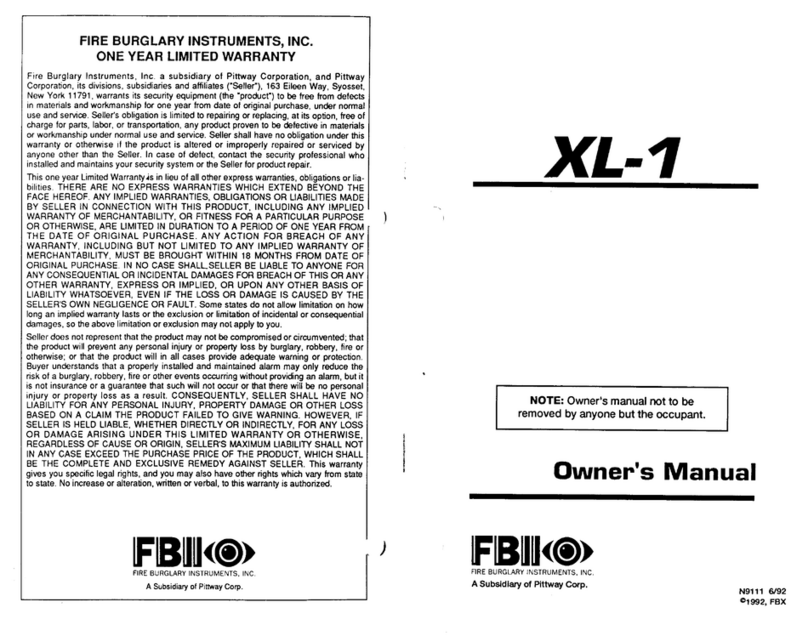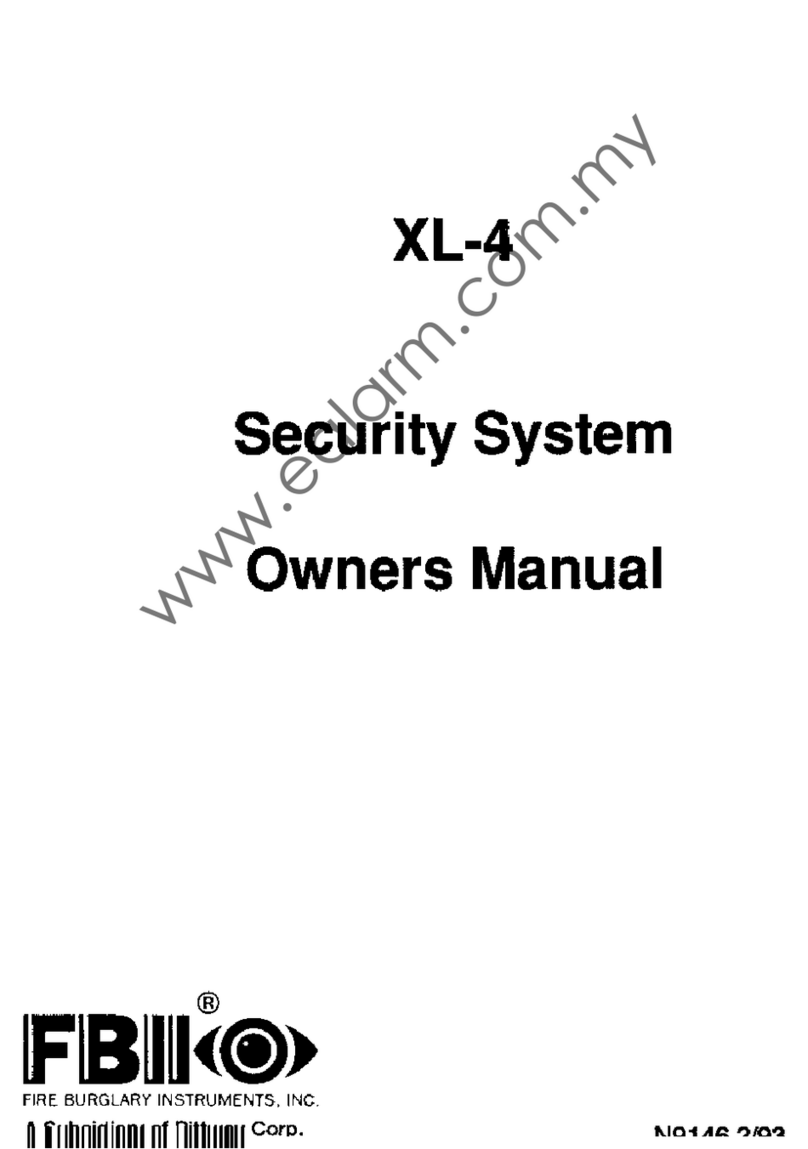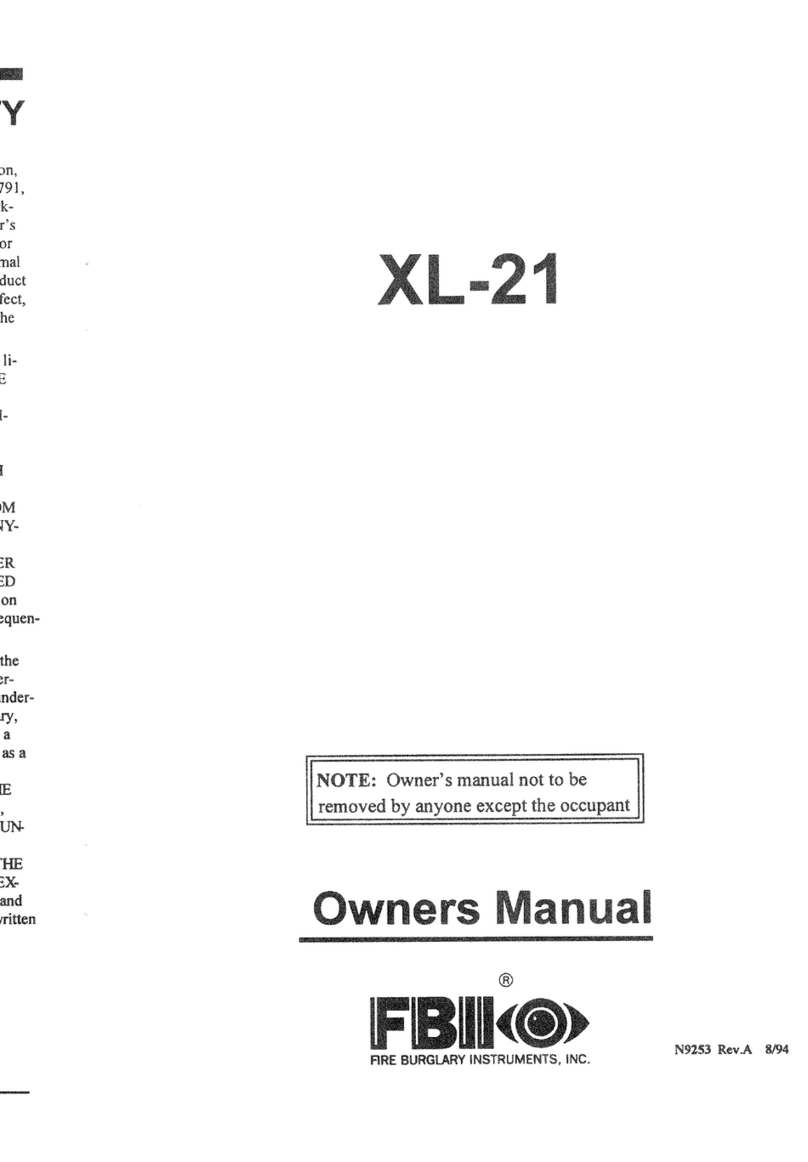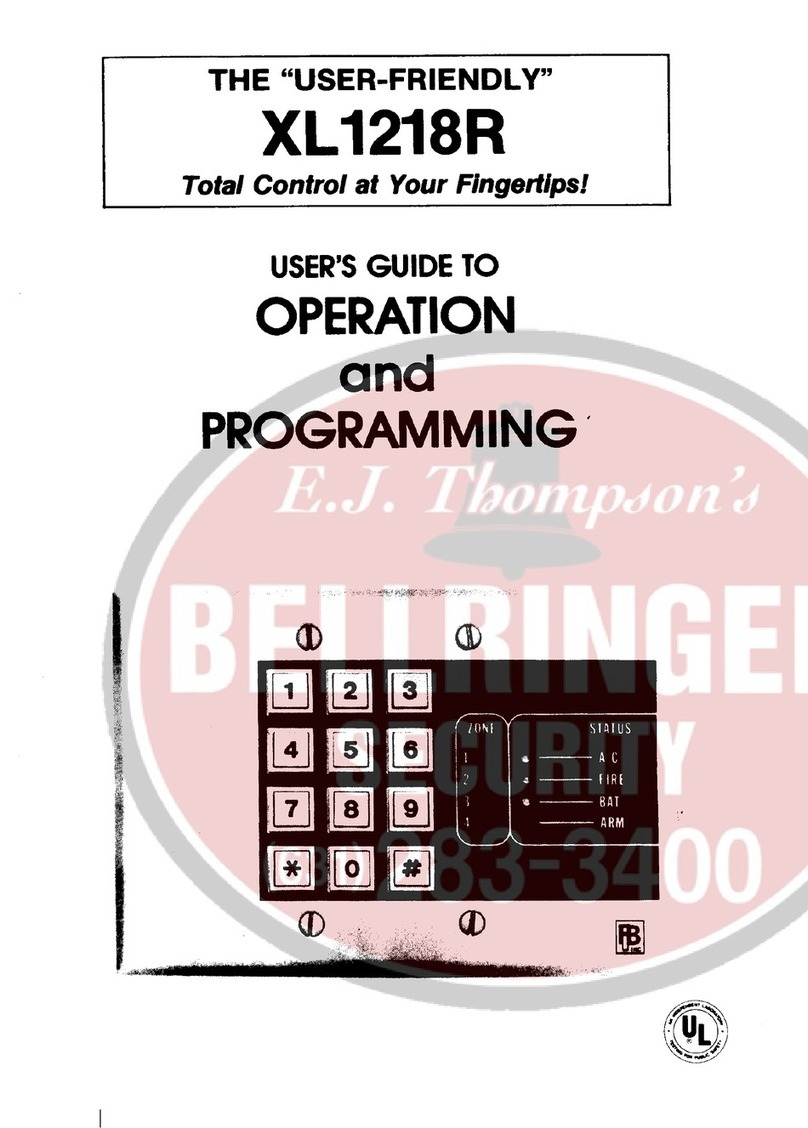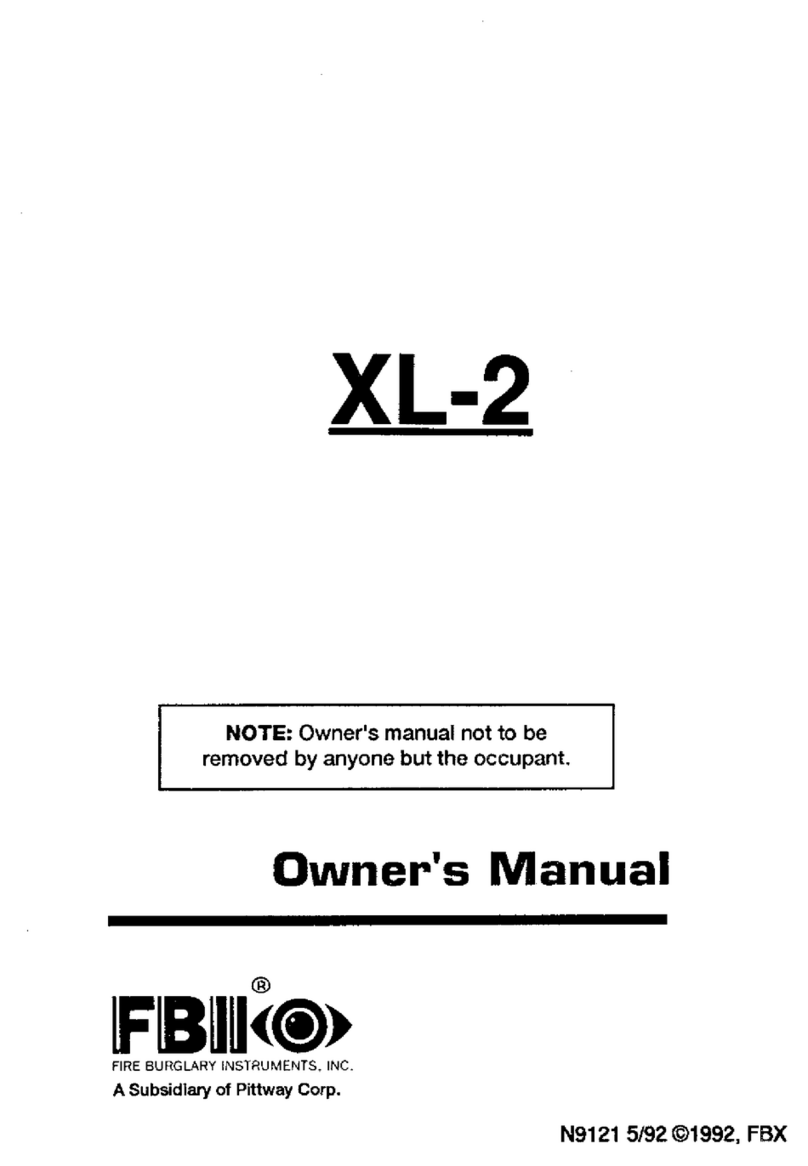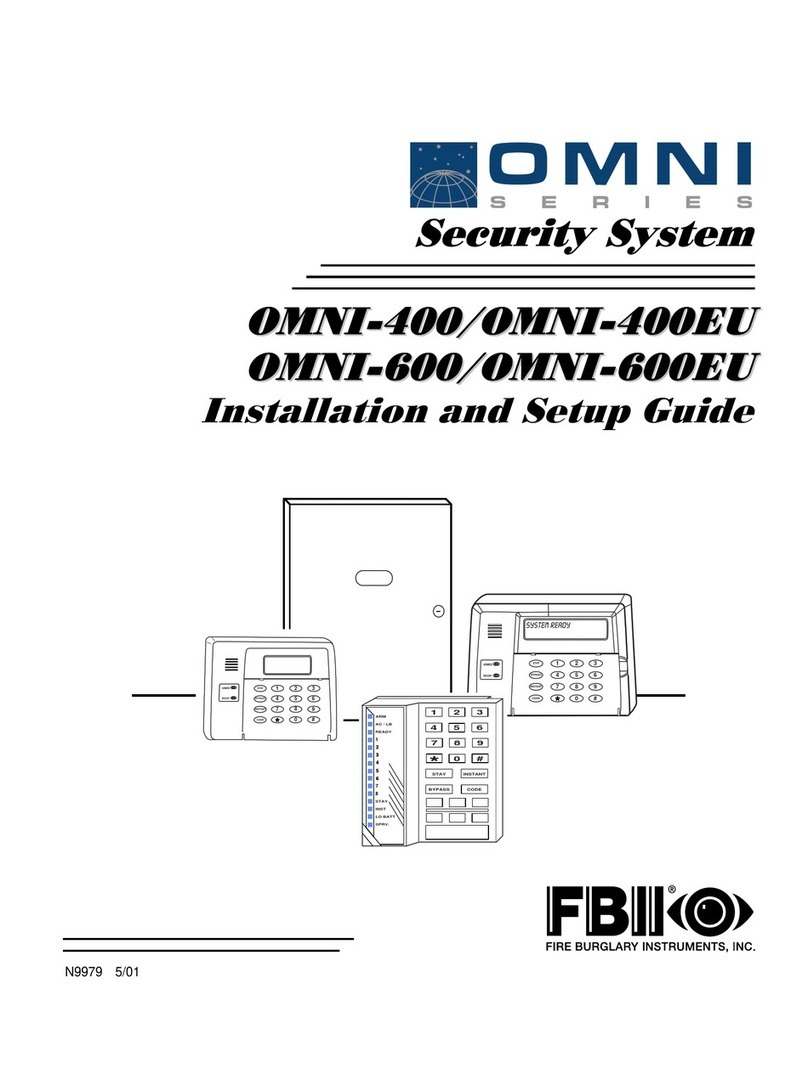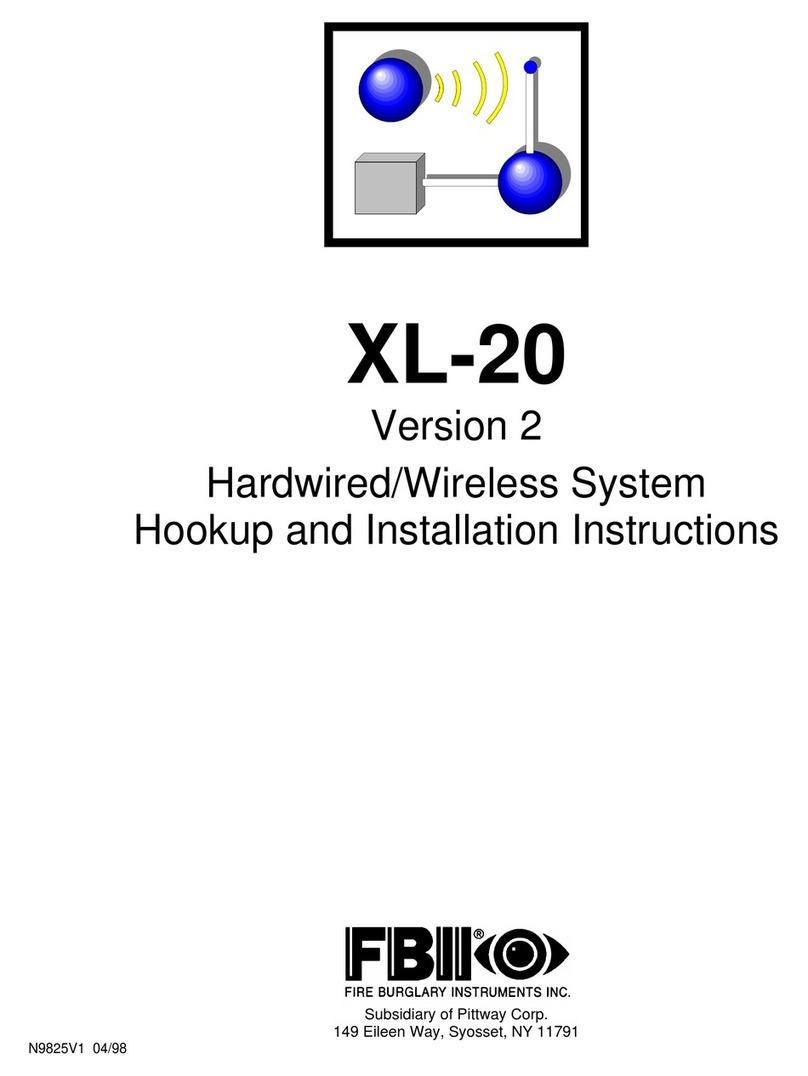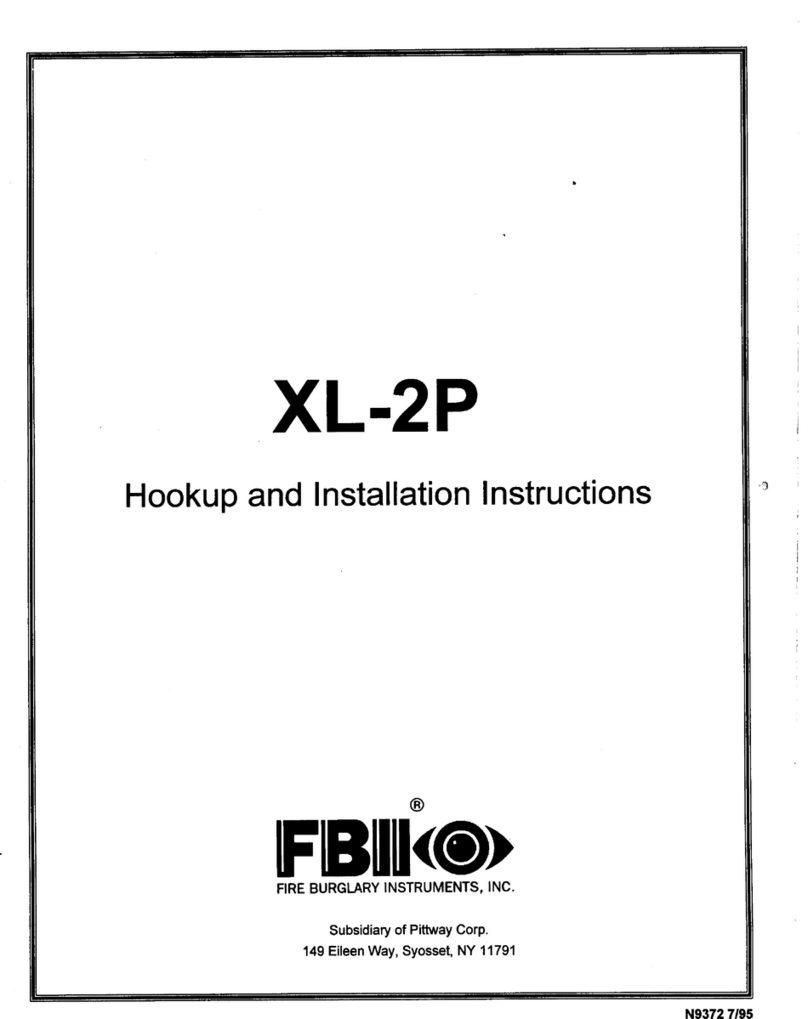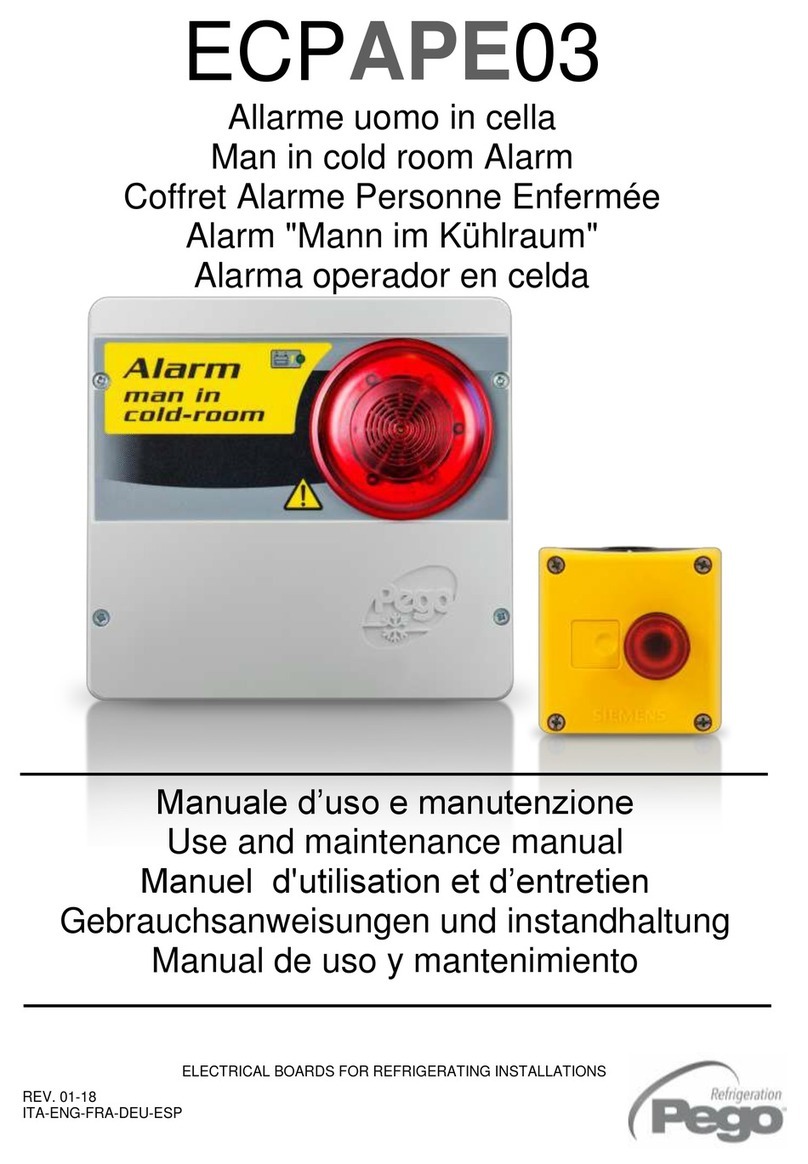
iii
Table of Contents
••••••••••••••••••••••••••••••••••••••••••••••••••
XL-1S to XL-2 Comparison ..................................................................................................................................v
Conventions Used in This Manual .................................................................................................................vii
Section 1 - Introduction...................................................................................................................................1–1
Section 2 - System Wiring and Hookup........................................................................................................2–1
System Wiring Diagram ...................................................................................................................................2–1
Terminal Connections.......................................................................................................................................2–2
Auxiliary Device Current Draw Worksheet ....................................................................................................2–6
Wiring Information for Keypads & Other Devices..........................................................................................2–7
Keypads & Other Devices.................................................................................................................................2–7
Section 3 - PC Board Mounting......................................................................................................................3–1
Mounting the PC Board....................................................................................................................................3–1
Section 4 - Keypad Mounting..........................................................................................................................4–1
XK-104 Keypad..................................................................................................................................................4–1
Mounting 6805 Keypad.....................................................................................................................................4–2
Section 5 - Keypad Layout...............................................................................................................................5–1
Keypad Sounder................................................................................................................................................5–3
Section 6 - System Operations........................................................................................................................6–1
Power Up/System Reset....................................................................................................................................6–1
Arming the System............................................................................................................................................6–1
Stay Arming.......................................................................................................................................................6–1
Instant Arming..................................................................................................................................................6–1
Stay/Instant Arming .........................................................................................................................................6–2
Disarming ..........................................................................................................................................................6–2
Reset...................................................................................................................................................................6–2
Bypass................................................................................................................................................................6–2
Auto Unbypass ..................................................................................................................................................6–3
Manual Unbypass .............................................................................................................................................6–3
User Code Programming...................................................................................................................................6–3
User Deletion.....................................................................................................................................................6–4
Keypad Emergency Conditions ........................................................................................................................6–4
Section 7 - Installer Modes..............................................................................................................................7–1
Installer Mode 1 (Installer Keypad Programming).........................................................................................7–1
Installer Mode 2 (System Log View)................................................................................................................7–1
Installer Mode 3 (Unattended Download).......................................................................................................7–2
Installer Mode 4 (On-Line Download) .............................................................................................................7–2
Section 8 - System Programming ..................................................................................................................8–1
General...............................................................................................................................................................8–1
Programming Questions...................................................................................................................................8–1
Zone Programming..........................................................................................................................................8–10
Section 9 - Data Entry via LED & LCD Keypads .......................................................................................9–1
Entering Programming Mode via Either LED or LCD Keypads ...................................................................9–1
What You See on the LED Keypad ..................................................................................................................9–1
What You See On The LCD Keypad ................................................................................................................9–2
How to Enter Data ............................................................................................................................................9–2
